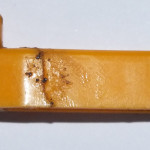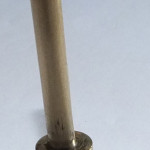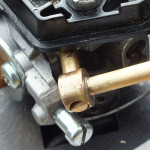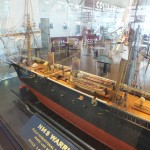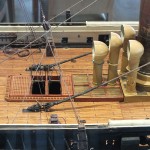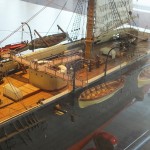Modellers use a lot of buzz words to describe various activities in their hobby which to the lay-person can be confusing. Understanding what is meant by the various terms increases the pleasure of the casual observer.
Ripcord – A pair of old trousers loved by the owner now with the ass hanging out.
Kill Cords – Brightly coloured pair of corduroy trousers, usually bought on line, embarrassing to the rest of their family.
Bi Plane – Last words uttered by stunned model aeroplane owner as to loud applause their expensive toy disintegrates on impact with the ground.
Carbon Fibre – The contents of the thick black smoke emanating from your now well alight model which leaves black bits all over your face, hands and shirt as you frantically try to smother the flames.
Fire Extinguisher – Come in all shapes and sizes with brand names such as Reebok, Adidas, Tottie Short, Dunlop Universals etc.







